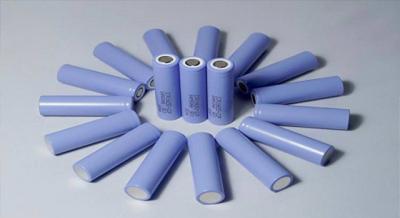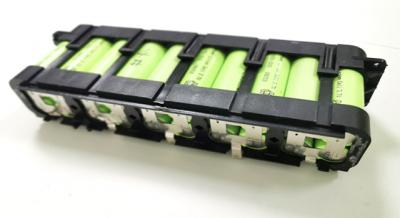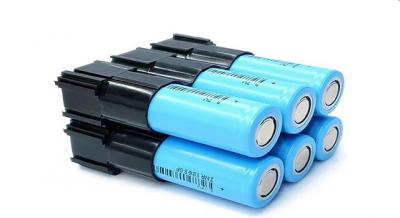1. Current situation of supply and demand of lithium battery packs material market
Total global EV sales are expected to reach 5.6 million in 2021, compared to 3.1 million in 2020. Demand for electric vehicles will grow further in 2022, according to a report released by S&P Global in December. As a result, lithium consumption will exceed production this year and will deplete previous inventories, which means there will be a serious shortage of the material for lithium battery packs. Supply of lithium carbonate will jump from an estimated 497,000 tonnes in 2021 to 636,000 tonnes in 2022, but demand will jump from an estimated 504,000 tonnes to 641,000 tonnes or even higher, the report said.
Prices of lithium battery packs for electric vehicles are set to rise again in 2022 after a decade of sharp declines. The benchmark price for lithium carbonate ended 2021 at a new record as miners scrambled to increase output from existing facilities and find new sources of supply. In China, the world's largest battery producer, the price of lithium battery packs in China reached 261,500 yuan ($41,060) per ton, more than five times higher than in January last year.
2. Price analysis of lithium battery packs material market
The cathode is the most expensive component of the battery, and the prices of other raw materials used in the cathode are also rising. The price of cobalt has doubled to $70,208 a tonne since January last year, while nickel has risen 15 percent to $20,045 a tonne.
Data shows that lithium battery packs were priced at more than $1,200 per kilowatt-hour in 2010, and prices have plummeted to $132 in 2021. But foreign media predicts that the average price of lithium battery packs may rise to $135 per kilowatt-hour in 2022. Typically, cathode materials account for about 30% of the total cost of a battery pack.
Over the past 10 years, both automakers and battery manufacturers have worked hard to develop long-life, high-performance batteries, and are also looking to continuously reduce battery production costs. However, rising raw material prices are undermining the technological and efficiency gains that companies have achieved in recent years. In addition to lithium materials, various raw materials for lithium battery packs have also become the objects of competition. With the rapid increase in demand in the new energy vehicle market and energy storage market, orders continue to flow. Coupled with the rising prices of upstream materials, it has become an inevitable choice for power battery companies to lock in raw materials in advance.

 EN
EN






